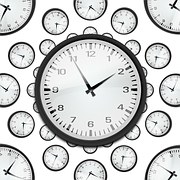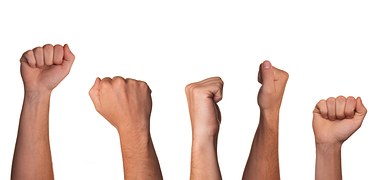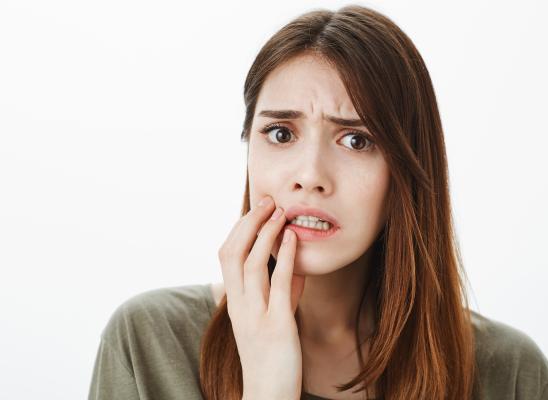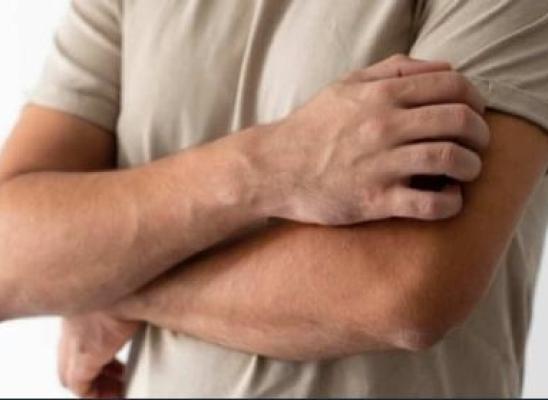Impairment in Dermatillomania

Online test
Find out the severity of your symptoms with this free online test
People that suffer from dermatillomina or Skin Picking Disorder (SPD) exhibit symptoms that include repetitive touching, rubbing, scratching, picking at and digging into their skin. Some people do this to remove irregularities or perceived imperfections while others do it obsessively for other reasons. The behaviours associated with dermatillomania often result in the discolouration of skin and eventual scarring. Severe tissue damage can even occur in the most serious of cases. Dermatillomania is often referred to as a Body Focused Repetitive Behaviour (BFRB). These are disorders in which the person’s behaviour has the potential to harm or damage their body and physical appearance. In this way, skin picking disorder is very similar to hair pulling disorder (Trichotillomania). BFRBs occur for a variety of reasons. They often correlate with feelings of anxiety, excitement, and boredom. Some people even find that repeatedly picking their skin is pleasurable.
When Picking Takes Over
People have been known to pick their skin for numerous hours a day. When dermatillomania becomes this serious, it often impacts the persons work life and their social and family relationships. Dermatillomania has been renamed Excoriation Disorder in the DSM5 during 2013. Dermatillomania or compulsive skin picking (CSP) falls into the family of Obsessive-Compulsive Disorders (OCD) and is linked quite closely with OCD, Body Dysmorphic Disorder (BDD) and the hair pulling disorder, Trichotillomania. It is not uncommon for a person to suffer with a combination of these disorders. Research has shown that around a quarter of those diagnosed with OCD or BDD also have CSP. Excoriation begins for many reasons. Like with trichotillomania, it has early onset in childhood. For many sufferers it starts with acne, and there is a compulsion to scratch or pick at it even after the acne has vanished. Other skin conditions can also set the scene for the start of excoriation. This is a start of over grooming the skin and becomes excessive. Excoriation can also start in adulthood. It is more prevalent in women, disproportionately so.
Levels of Impairment
The condition can impair the sufferer in numerous ways. The sufferer can spend excessive time picking at the skin and then spend the related amount of time covering the damage up in order to hide it from society. This time lost can affect their work as they are often tardy for work having spent time picking and covering up. Sufferers can become socially impaired as they fear going out in public as their scars and scabs may be noticeable. They will even avoid contact with people that may notice scars or sores. They may avoid going to the gym, swimming in front of others and dressing to cover up the damage they have done. There may also be significant damage to the skin and an infection may set in and spread further into the body affecting the overall health if the individual. Skin picking may leave significant scarring on the sufferers body. Deep tissue damage may be experienced in severe cases.
Tips to Stop Picking
Suggestions to stop picking:
- Try to do something else that occupies your hands for a period of time until the urge start to lessen
- The next time try to resist this urge for longer period and carry on with this gradually increase the time that you take to start picking
- Even covering your hands with gloves or mittens during the time that you are resisting picking will help
Always keep your skin clean. The clearer your skin, the less you feel the need to pick at it
- Cover your mirror if your face is affected by your disorder
Should you bite the inside of your cheeks, try eating something crunchy during your urge
- Long or false nails have thicker tips, this helps in reducing picking
- Keep productive. The more productive you are, the less time you have to think about picking
- When you feel like picking, do something that is not harmful, like using moisturizer
- Remove the implements that you usually use to pick, like tweezers
- Replace the sensory aspects of skin picking. So, you can keep something else to touch or squeeze at, like a stress ball

Sometimes you may also need more formal support. Treatment may include Habit Reversal Training, a form of Cognitive Behaviour Therapy (CBT). This is a comprehensive approach to understanding the triggers of the condition, and once this understanding has been reached, alternative coping strategies are taught. Stimulus Control involves modifying the sufferers space to reduce the sensory input that leads to picking behaviour, medication, support groups and alternative therapies are other options available for skin picking disorder
Online test
Find out the severity of your symptoms with this free online test
Start your journey with SkinPick
Take control of your life and find freedom from skin picking through professional therapy and evidence-based behavioral techniques.
Start Now



